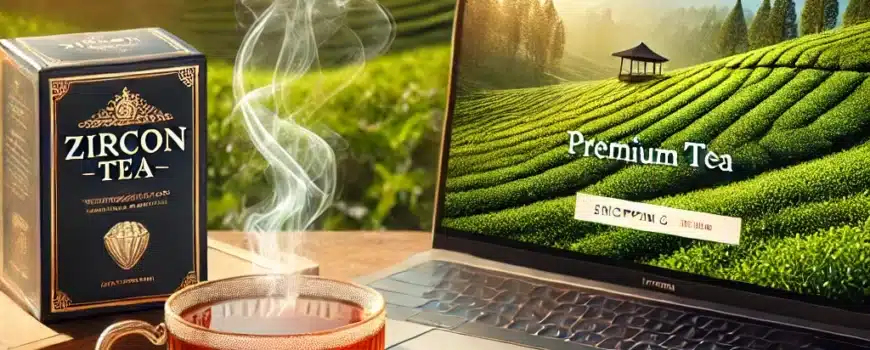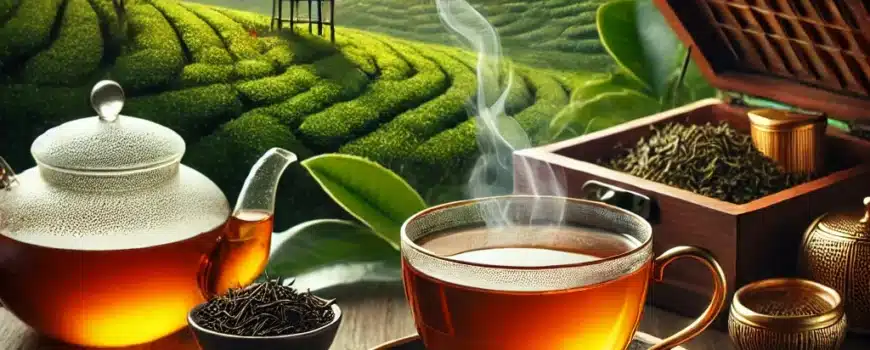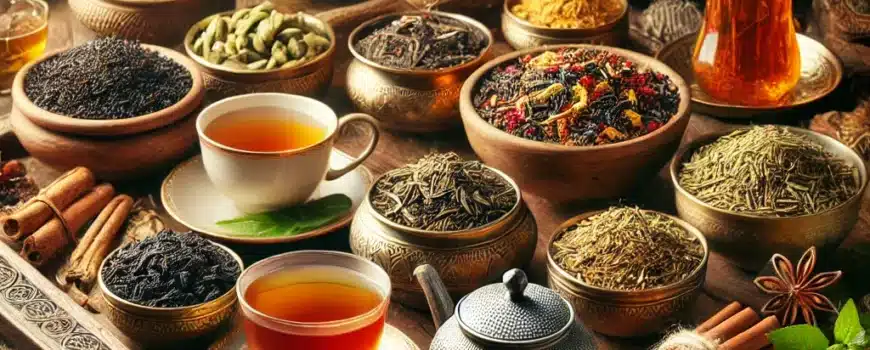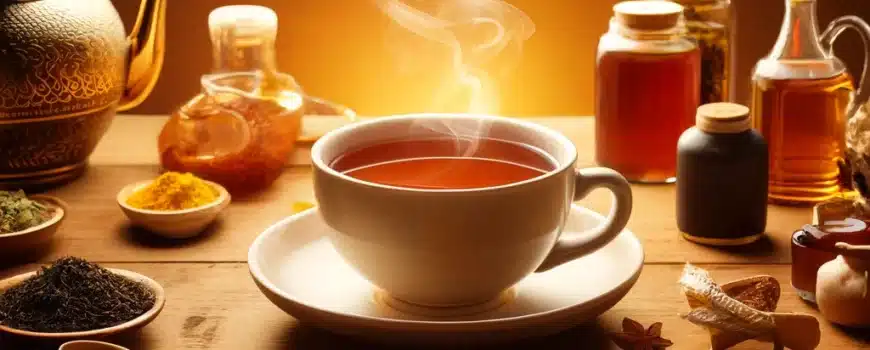Why Buy Tea Online in India?
Tea is an essential part of Indian culture, enjoyed in different forms across the country. Whether you love strong black tea, aromatic masala chai, or healthy green tea, buying tea online offers convenience, variety, and quality assurance. At Zircon Tea Company, we bring the finest teas directly to your home.
Benefits of Buying Tea Online
✅ Wide Variety – Choose from an extensive selection of premium teas.
✅ Freshness Guaranteed – Get tea directly from top tea gardens.
✅ Convenience – Order from anywhere and get doorstep delivery.
✅ Exclusive Discounts – Enjoy special online offers and bulk discounts.
✅ Customer Support – Dedicated assistance for hassle-free shopping.
Types of Tea Available at Zircon Tea Company
1. Assam Tea – Strong & Malty Flavor
A bold and robust tea, perfect for morning energy boosts and making traditional Indian chai.
2. Darjeeling Tea – The Champagne of Teas
Delicate, floral, and muscatel flavors make Darjeeling tea a favorite among tea connoisseurs.
3. Masala Chai – The Spiced Comfort Drink
Aromatic and flavorful, made with black tea blended with spices like cardamom, cinnamon, and ginger.
4. Green Tea – The Health Booster
Rich in antioxidants, known to aid in weight loss, digestion, and overall wellness.
5. Herbal Tea – Caffeine-Free & Refreshing
Blended with natural herbs, perfect for relaxation and boosting immunity.
How to Buy Tea Online in India?
Buying tea online from Zircon Tea Company is simple and secure:
- Visit Our Website – tea.zirconshop.in
- Browse Our Collection – Choose from a variety of high-quality teas.
- Add to Cart & Checkout – Secure payment options available.
- Fast Delivery – Get fresh tea delivered to your doorstep.
Watch: How to Choose the Best Tea?
📺 Watch this video from Zircon Tea to learn more:
YouTube: Zircon Tea
Health Benefits of Drinking Quality Tea
- Improves Digestion – Aids in gut health and metabolism.
- Boosts Immunity – Rich in antioxidants to fight infections.
- Reduces Stress – Helps in relaxation and mental clarity.
- Enhances Heart Health – Supports cholesterol management.
Why Choose Zircon Tea Company?
🌱 100% Pure & Natural – No artificial flavors or additives.
🌍 Sourced from the Best Tea Gardens – Authentic and fresh tea.
🚀 Fast & Secure Shipping – Get your tea delivered quickly.
📞 Excellent Customer Support – Available for all queries.
Frequently Asked Questions (FAQs)
1. Is it safe to buy tea online?
Yes! When you purchase from a trusted brand like Zircon Tea Company, you get authentic, high-quality tea with secure payment options.
2. How long does delivery take?
Most orders are delivered within 3-5 business days across India.
3. Can I return or exchange my tea?
Yes, we offer a hassle-free return and exchange policy.
4. Do you offer discounts for bulk orders?
Yes! We provide special discounts for bulk purchases. Contact us for customized pricing.
Order Premium Tea Online Today!
Get the best quality tea delivered to your doorstep with Zircon Tea Company. Whether you’re a tea enthusiast or looking for a perfect gift, we have something for everyone.
📧 Email: tea@zirconshop.in
📞 WhatsApp & Call: +91-9499347308
🔗 Website: tea.zirconshop.in
📺 Follow Us on Social Media:
YouTube: Zircon Tea
Facebook: @zirconteacompany
Instagram: @zircontea
LinkedIn: Zircon Tea
Shop Now & Experience the Best Tea in India! ☕




